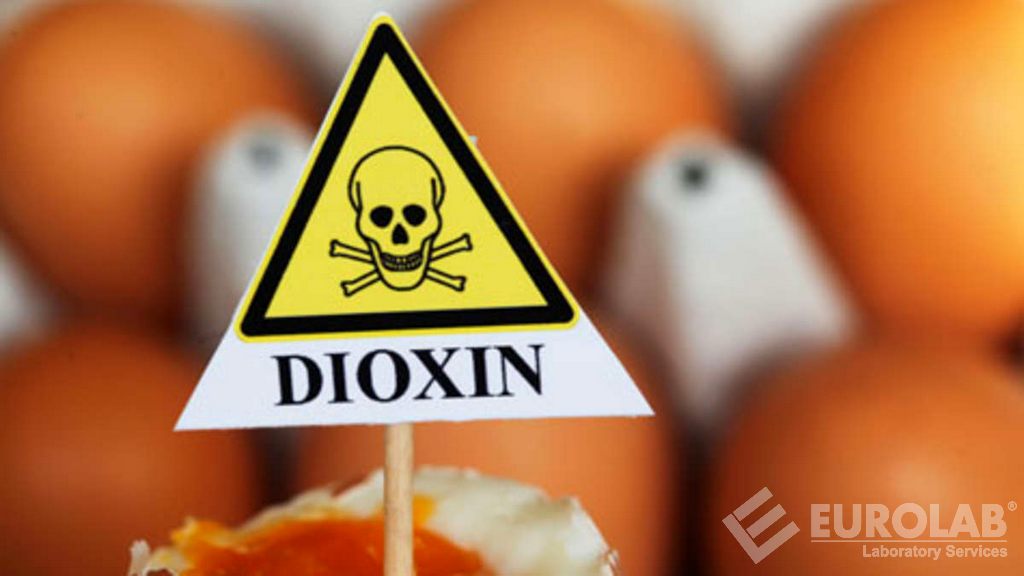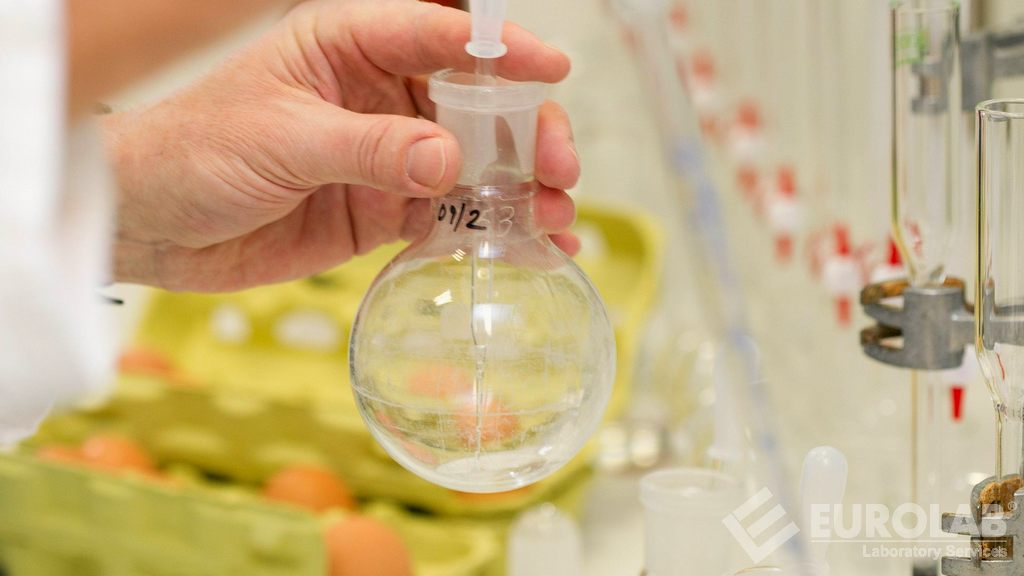

Dioxins are highly toxic and harmful chemical compounds. It causes many problems related to reproduction, development and immune system in humans. It also disrupts hormones and causes cancer.

Dioxins stay in the environment for many years and are seriously persistent environmental pollutants. Today dioxins are found everywhere in the environment. With the strict measures taken, dioxin production in the industry is tried to be reduced. Today, dioxins are not produced and used commercially, but they do appear as a byproduct during other industrial activities. With these studies, dioxin production has decreased by 90 percent in some countries. However, it is not easy to eliminate dioxins. Old dioxin residues are still in the environment, as they do not break down quickly.
Commercial or urban waste incineration, incineration processes, and the use of fuels such as wood, coal or oil generate dioxin. These then reach high concentrations in soil and sediments. Plants, water and air contain low levels of dioxins.
However, if dioxins enter the food chain, they accumulate mostly in animal fats. The exposure of humans to dioxins occurs mostly through consumption of these foods. More than 90 percent of human exposure comes from animal foods, especially dairy products, meat, fish and shellfish. Dioxins stay in the body for a very long time. Since they are not broken down, it takes 7-11 years for a dioxin radioactivity in the body to decrease to half of its original level.
Natural sources of dioxins are volcanoes and forest fires. However, in the last century, industrial activities have increased dioxin levels in the environment to incredible levels.
The main human activities that produce dioxin are: burning household waste, bleaching cellulose and paper with chlorine, pesticide and herbicide production, some chemical processes, dismantling and recycling of electronic products. Cigarette smoke also contains small amounts of dioxin.
There are many types of dioxins and they generally fall into three groups:
The first two groups of these are formed accidentally due to human activities or occur through natural processes. PCBs are deliberate production, but their production has been banned in recent years.
It has been announced by the American Environmental Protection Agency (EPA) that dioxin compounds are carcinogenic and the risk of exposure to these compounds is higher than previously anticipated. Studies have shown that dioxin exposure is largely due to foods and that there is a direct link between fatty foods and dioxin residues. This rate is over 95 percent.

This disruption of the earth's natural balance seriously increases environmental pollution. Agricultural products produced in polluted soil and animals fed in these lands are naturally affected. In particular, dioxins, which have high toxicity properties, pass to humans along with animal foods. Dioxins are important toxic substances. The adipose tissue of the human body prevents the excretion of dioxins from the body.
The communiqué numbered 2015/32 published by the Ministry of Food, Agriculture and Livestock describes the sampling, sample preparation and analysis method criteria for determining the level of dioxin in foods (The Turkish Food Codex provides a picture of the level of dioxins, dioxin-like polychlorinated biphenyls and dioxin-like polychlorinated biphenyls in certain foods. sampling, sample preparation and analysis method criteria for control). With this notification, the presence of dioxin in foods is restricted. In this context, dioxin analysis must be made in foods of animal origin such as meat and milk and seafood. With the increase of environmental pollution, concerns over the safety of the foods consumed are increasing, and a lot of work is underway for advanced laboratories. In dioxin analysis, national and international standards, test methods, Turkish Food Codex and relevant legal regulations are taken into account.
For example, with the analysis of the sum of dioxin and dioxin-like PCBs, foods given on wet weight, food additives and food supplements, aquaculture, infant formula, infant and young child supplements and follow-up formulas are analyzed. At the same time, feed and feed additives are analyzed in these analyzes.
According to experts, dioxins pose a major health hazard with little awareness. For this reason, foodstuffs are followed in terms of dioxin content in many countries. With the effective work of laboratories, dioxin contamination is now detected at an early stage and possible effects are prevented in many cases. In most cases, dioxin contamination through animal feed containing dioxin was identified in these studies. Increased levels of dioxin in milk or animal feed, for example, are now traced back to the raw materials used in animal feed production.
It is now critical to determine dioxins and their amounts in foodstuffs and the environment. In general, quantitative chemical analysis of dioxins is performed in developed laboratories. These analyzes require very advanced methods and their costs are quite high.
Today, more bio-based screening methods are being developed. With this method, foodstuffs and feed samples are further verified. Scanning methods are both low cost and allow more analysis.
Our organization provides dioxin analysis services to demanding organizations within the framework of national and international standards, with a trained and expert staff and advanced technological equipment, among countless testing, measurement, analysis and evaluation studies.
To get an appointment, to get more detailed information or to request an evaluation, you can ask us to fill in our form and reach you.